Instructions for connecting between the Customs Electronic Portal and banking information systems and payment intermediaries
Increasing electronic payment options in import and export
Circular No. 51/2025/TT-BTC regulates electronic transactions in the field of taxation for exported, imported, and transit goods and means of exit, entry, and transit. This is the next step in the process of modernizing state budget collection and payment activities, especially in the field of import and export, contributing to creating convenience for taxpayers and improving the efficiency of state management.
One of the contents that people and businesses need to pay attention to is allowing a pilot tax payment through an organization providing intermediary payment services, in addition to traditional tax payment channels through commercial banks. This solution provides more options for people and businesses, in line with the trend of electronic payments and implementing the policy of developing non-cash payments under the direction of the Government .
Instructions for procedures for exchanging and processing information between taxpayers and customs
Technical connection between intermediary organization and customs
Previously, import and export tax payments were mainly made through commercial banks in coordination with the State Treasury. Now, Circular 51 creates a legal basis for payment intermediaries to be technically connected to the Customs Electronic Payment Gateway, helping to expand tax payment methods and shorten processing procedures.
Specifically, customs authorities are allowed to use payment information transferred by intermediaries to account for, deduct debts and confirm tax obligations for taxpayers. This payment information has the same legal value as transactions through commercial banks.
In addition, the Circular also provides detailed instructions on the connection process, requiring intermediary organizations to prepare documents and technical infrastructure according to public standards on the Customs Electronic Information Portal. After submitting the application, the Customs authority will coordinate to check and guide the connection if the conditions are met.
Compared to the provisions of Circular No. 184/2015/TT-BTC before, the connection process has been significantly shortened, creating conditions for payment intermediary organizations and financial technology enterprises (fintech) to participate in providing services, thereby expanding the tax payment network.
With Circular 51, taxpayers can choose suitable payment channels such as banking applications, e-wallets, intermediary platforms or directly on the Customs e-Portal. Thanks to that, tax obligations can be performed anytime, anywhere on devices with internet connection, without time limits like transactions at bank counters.
The electronic process also helps customs agencies improve the efficiency of document processing, reduce customs clearance time, and limit errors when entering data manually. Transaction data is synchronized and updated in real time, facilitating the inspection and comparison of tax obligations between related parties.
Coordinating collection organizations and the State Treasury also benefit from reducing the volume of paper transactions, optimizing system operations, and minimizing delays in updating businesses' tax liability status.
According to the Ministry of Finance , Circular 51/2025/TT-BTC is an important document specifying the policy of administrative procedure reform according to Resolution No. 66-NQ/TW and Resolution No. 68-NQ/TW of the Politburo. At the same time, this is also one of the practical actions to implement the Strategy for developing the Digital Government, developing the digital economy and improving the quality of service for people and businesses in the financial - customs sector.
Mr. Minh
Source: https://baochinhphu.vn/them-lua-chon-nop-thue-dien-tu-giam-thu-tuc-hai-quan-102250806233047668.htm






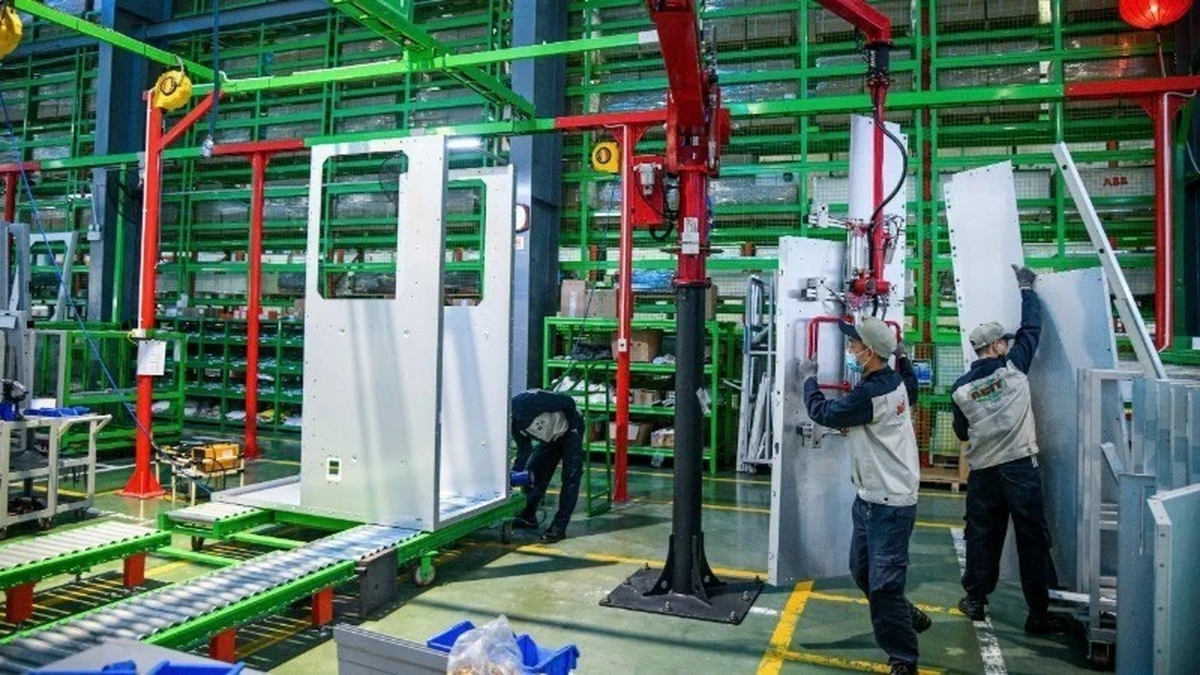

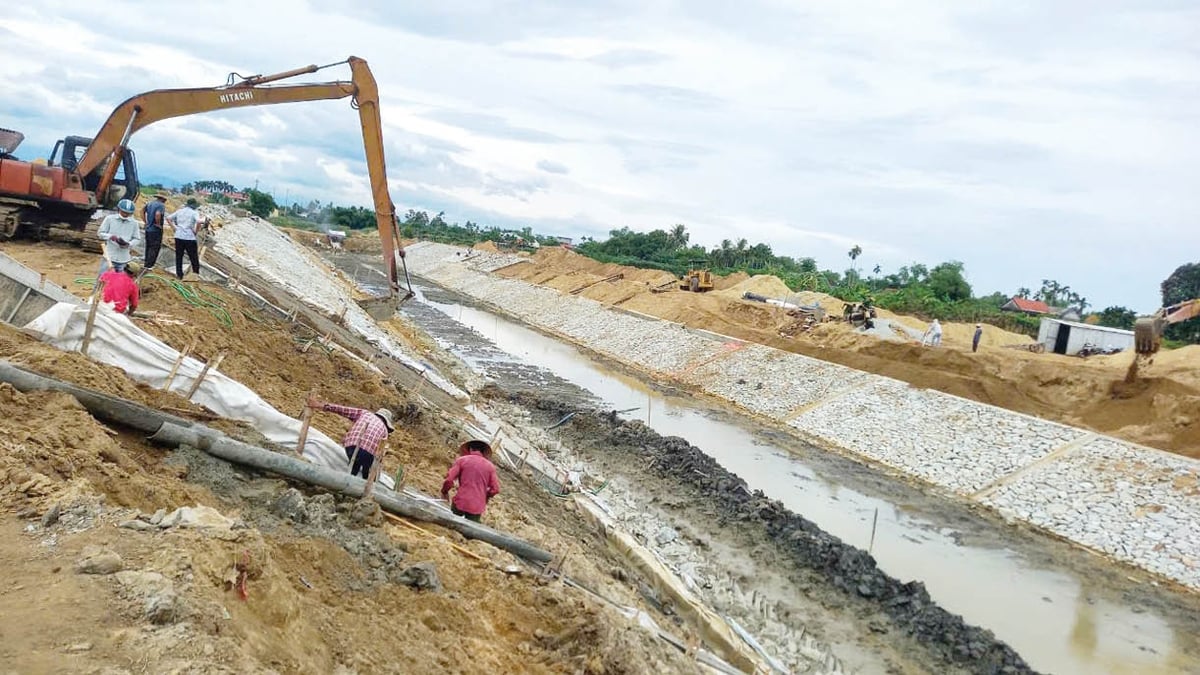



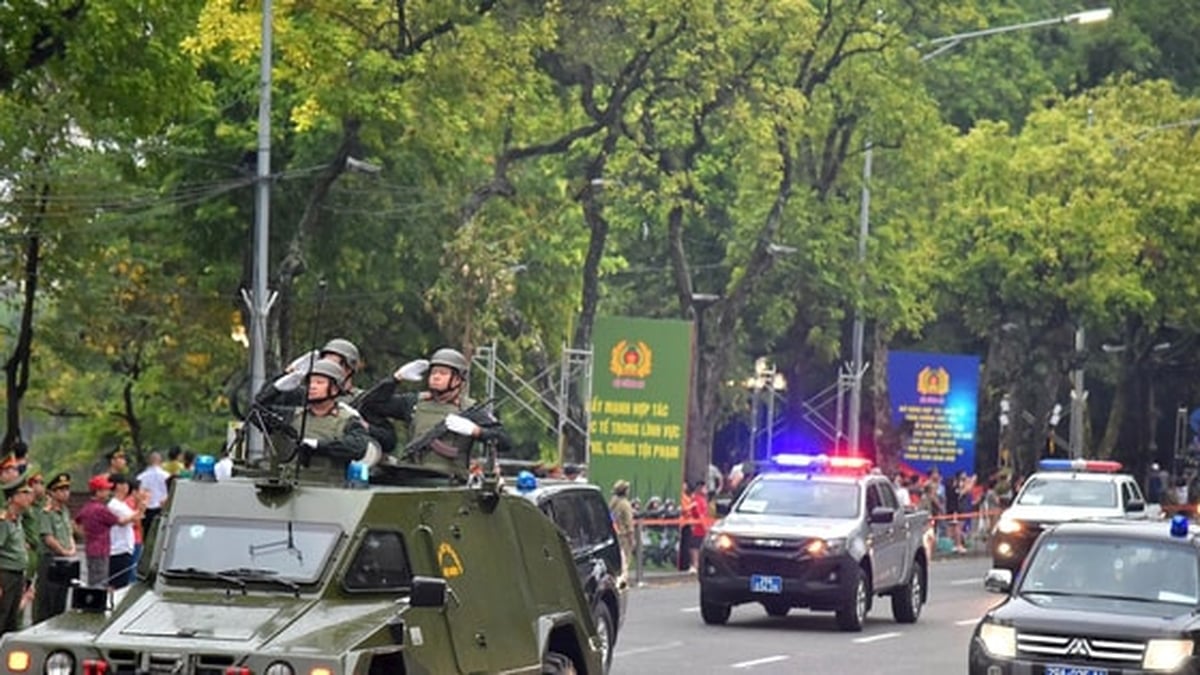














![[Photo] Discover the "wonder" under the sea of Gia Lai](https://vphoto.vietnam.vn/thumb/1200x675/vietnam/resource/IMAGE/2025/8/6/befd4a58bb1245419e86ebe353525f97)


![[Photo] Nghe An: Provincial Road 543D seriously eroded due to floods](https://vphoto.vietnam.vn/thumb/1200x675/vietnam/resource/IMAGE/2025/8/5/5759d3837c26428799f6d929fa274493)
























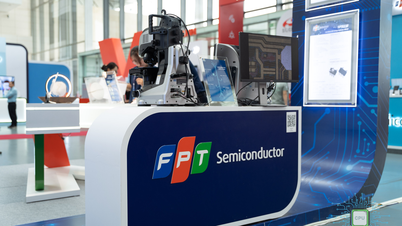



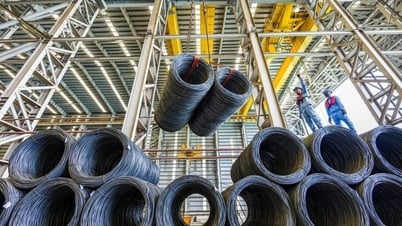


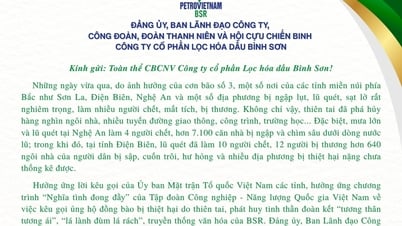


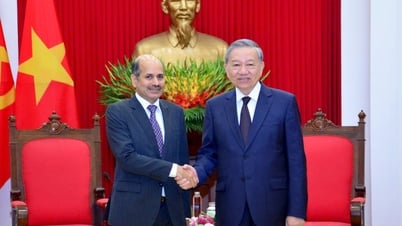




























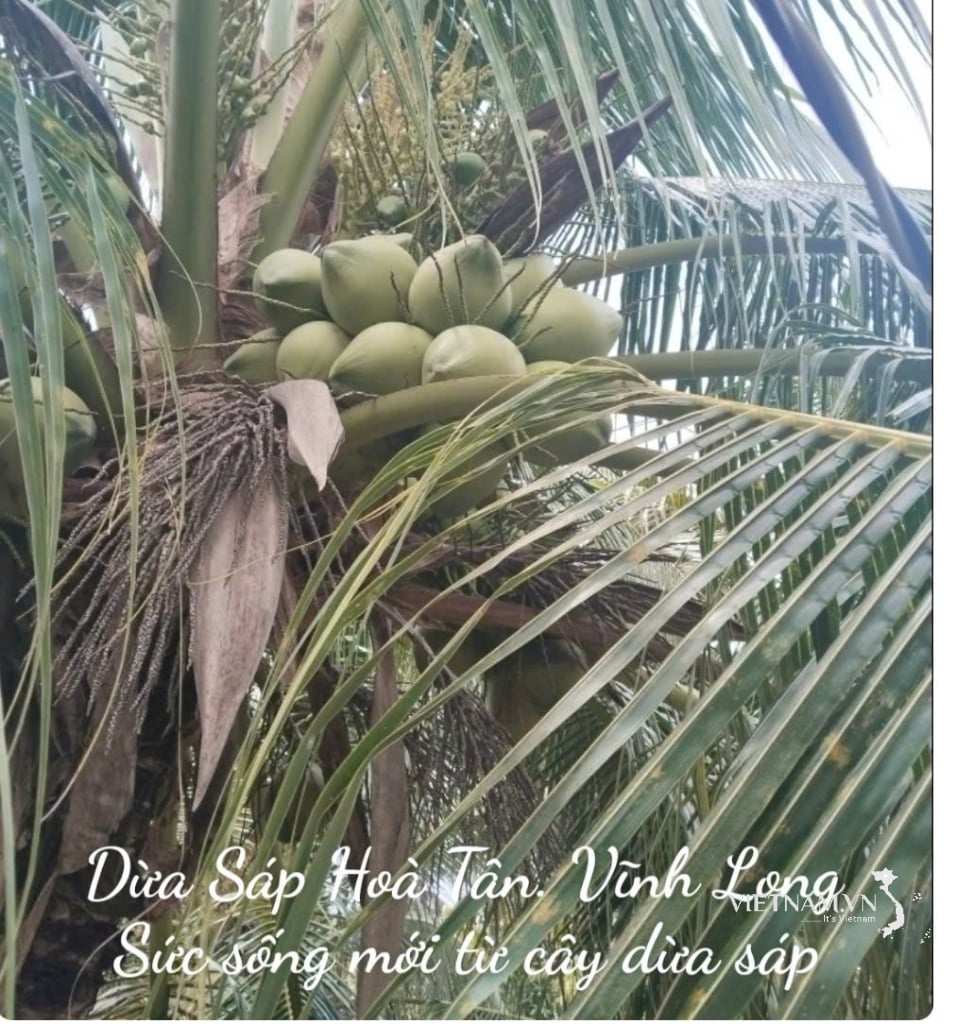
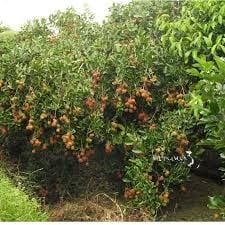
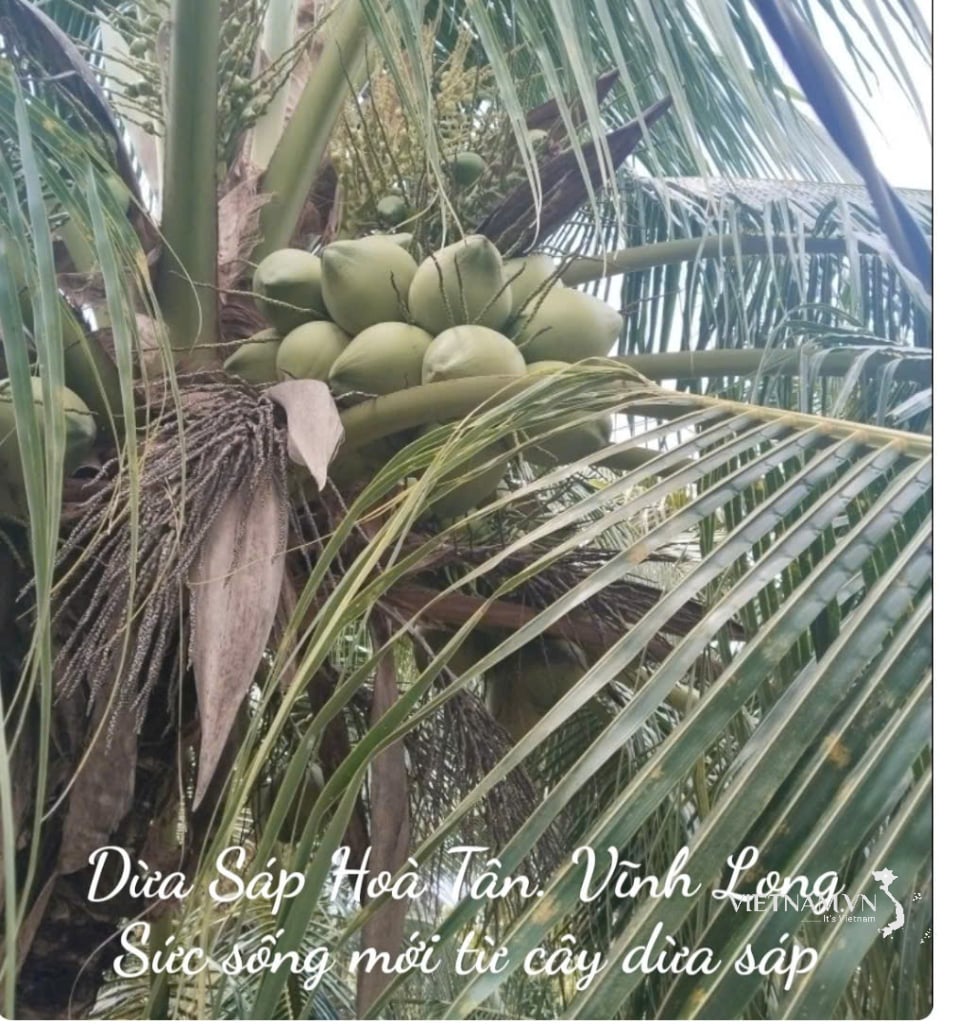
Comment (0)